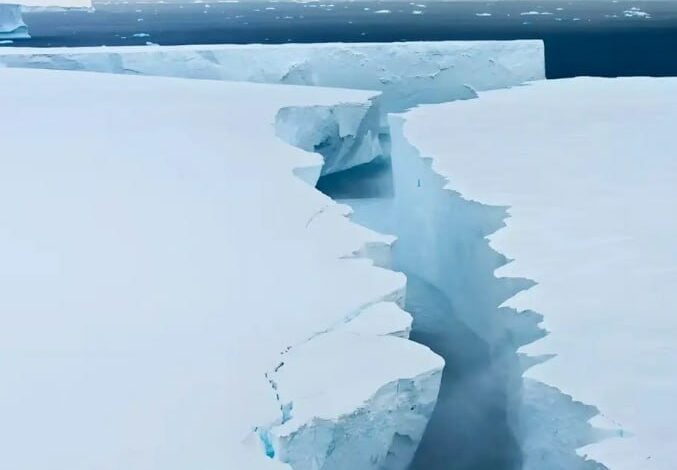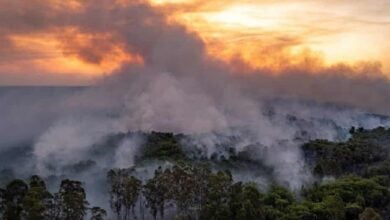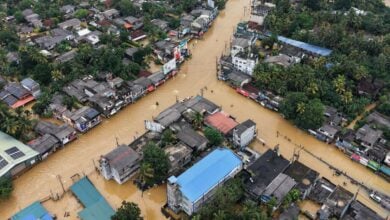Thwaites Glacier in Antarctica Shows Signs of Critical Fracturing, Threatening Global Sea Levels

Thwaites Glacier in Antarctica Shows Signs of Critical Fracturing, Threatening Global Sea Levels
———————————
The Thwaites Glacier in West Antarctica, the largest glacier in the world by width, is showing signs that it might break apart soon, Earth.com reported. If it does, it could raise sea levels by as much as 11 feet, threatening cities around the world.
Scientists have created a new way to study cracks in the ice shelves—large floating ice platforms that hold back glaciers like Thwaites. When these shelves break, the glaciers behind them melt faster.
Using detailed satellite data from NASA, researchers found that the eastern part of the Thwaites Ice Shelf is cracking more than the western part. This could be due to warmer temperatures and changes in ocean currents.
As cracks grow, the glacier moves faster and breaks more, creating a cycle that could lead to a sudden collapse. Scientists say it’s important to keep studying these changes to warn us early if the glacier starts to fall apart.
This research helps improve predictions about the future of Antarctica’s ice and what it means for global sea levels.
The findings were published in the Journal of Geophysical Research Earth Surface.






